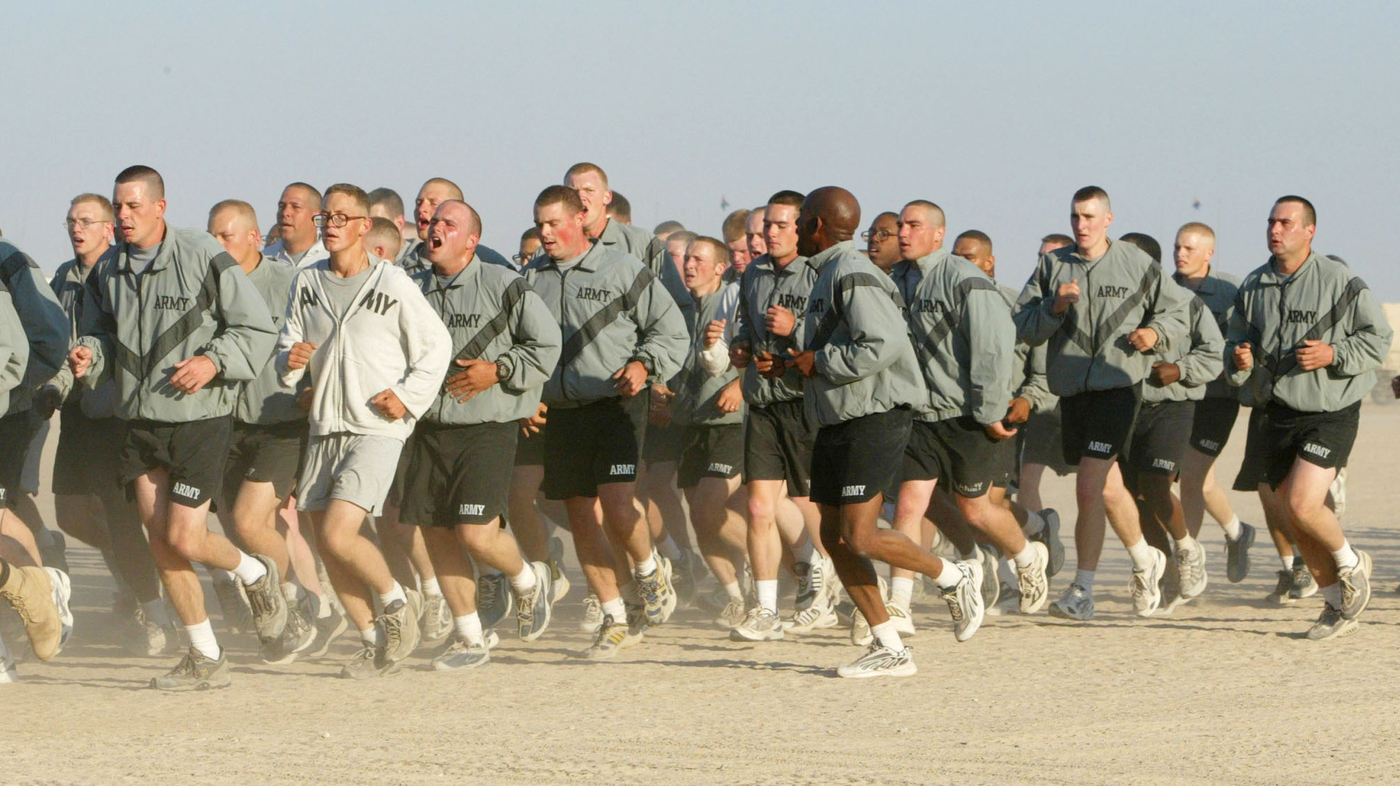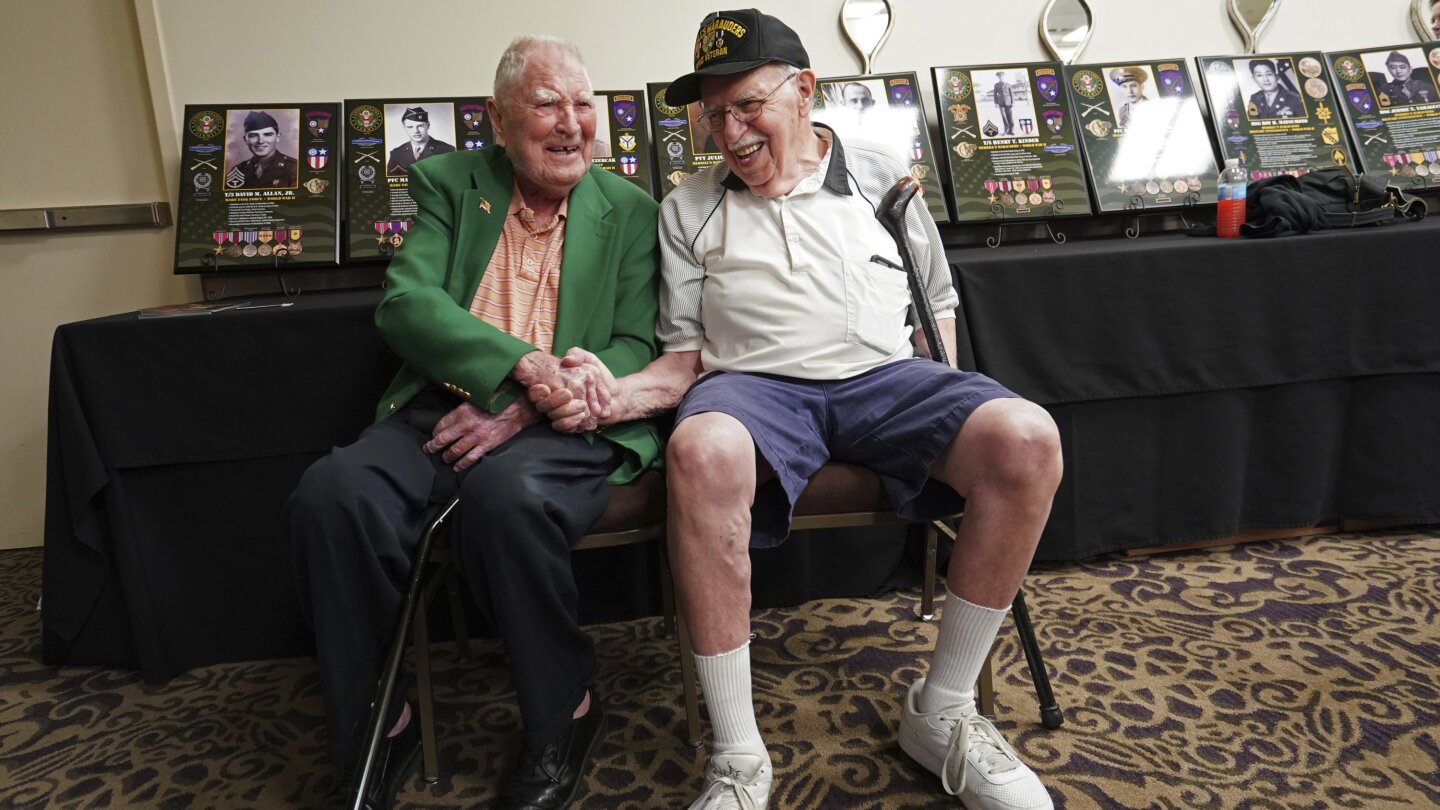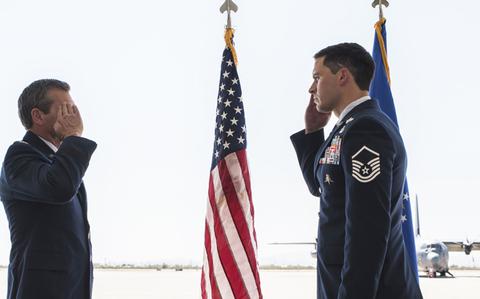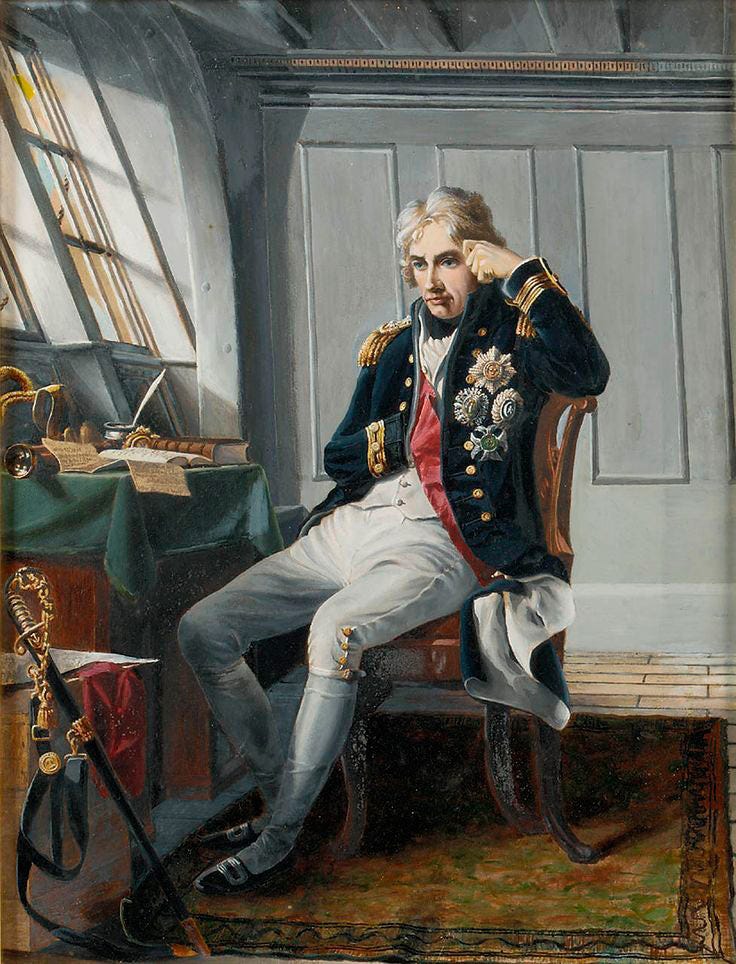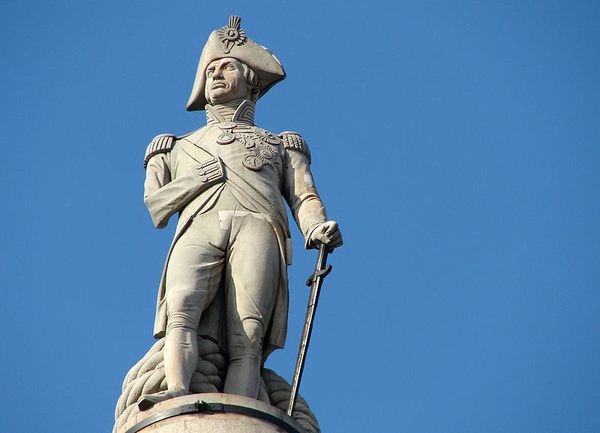BarnBuster
Virtually Unknown Member
Today in Military History:
"On October 7, 1943, Rear Adm. Shigematsu Sakaibara, commander of the Japanese garrison on the island, orders the execution of 96 Americans POWs, claiming they were trying to make radio contact with U.S. forces.
In late December 1941, the Japanese reinforced existing forces on Wake Island, part of a coral atoll west of Hawaii, in massive numbers after being unable to wrest the island from a small number of Americans troops earlier in the month. The Japanese strength was now overwhelming, and most of those Americans left alive after the battle were taken by the Japanese off the island to POW camps elsewhere. Ninety-six (?,bb) remained behind to be used as forced labor. The Allied response was periodic bombing of the island—but no more land invasions, as part of a larger Allied strategy to leave certain Japanese-occupied islands in the South Pacific to basically starve in isolation.
The execution of those remaining American POWs, who were blindfolded and shot in cold blood, remains one of the more brutal episodes of the War.
Sakaibara had the 98 prisoners machine-gunned en masse on the beach. One of them managed to survive and escape the slaughter, but was recaptured shortly after, and is supposed to have been personally beheaded by the admiral. It’s said that unidentified man carved a (misdated) testimony to the crime on a nearby coral rock known as “98 Rock”: “98 US PW 5-10-43”.
Although the Japanese had hastily exhumed the murdered POWs and reburied them in a cemetery as the end of the war approached, the cover story on the “Wake Island Massacre” soon cracked.
After the war, Sakaibara was taken into custody by the American occupation authorities, extradited to Guam, and sentenced to death by a military tribunal for war crimes in connection with his actions on Wake Island. He was hanged on June 18, 1947. Until the end, he maintained, "I think my trial was entirely unfair and the proceeding unfair, and the sentence too harsh, but I obey with pleasure."
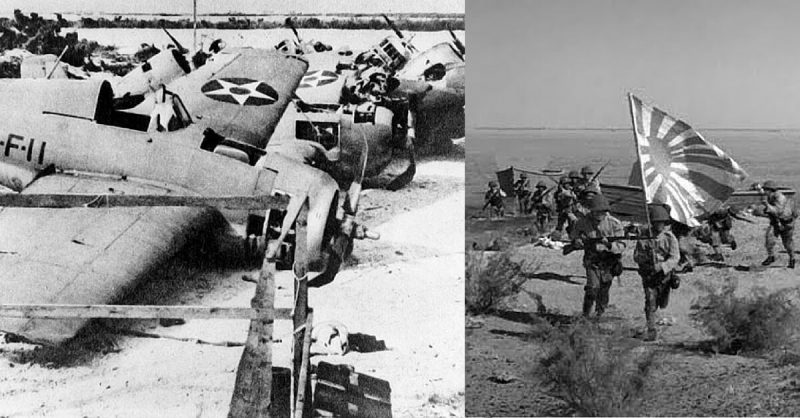
 www.warhistoryonline.com
www.warhistoryonline.com
"On October 7, 1943, Rear Adm. Shigematsu Sakaibara, commander of the Japanese garrison on the island, orders the execution of 96 Americans POWs, claiming they were trying to make radio contact with U.S. forces.
In late December 1941, the Japanese reinforced existing forces on Wake Island, part of a coral atoll west of Hawaii, in massive numbers after being unable to wrest the island from a small number of Americans troops earlier in the month. The Japanese strength was now overwhelming, and most of those Americans left alive after the battle were taken by the Japanese off the island to POW camps elsewhere. Ninety-six (?,bb) remained behind to be used as forced labor. The Allied response was periodic bombing of the island—but no more land invasions, as part of a larger Allied strategy to leave certain Japanese-occupied islands in the South Pacific to basically starve in isolation.
The execution of those remaining American POWs, who were blindfolded and shot in cold blood, remains one of the more brutal episodes of the War.
Sakaibara had the 98 prisoners machine-gunned en masse on the beach. One of them managed to survive and escape the slaughter, but was recaptured shortly after, and is supposed to have been personally beheaded by the admiral. It’s said that unidentified man carved a (misdated) testimony to the crime on a nearby coral rock known as “98 Rock”: “98 US PW 5-10-43”.
Although the Japanese had hastily exhumed the murdered POWs and reburied them in a cemetery as the end of the war approached, the cover story on the “Wake Island Massacre” soon cracked.
After the war, Sakaibara was taken into custody by the American occupation authorities, extradited to Guam, and sentenced to death by a military tribunal for war crimes in connection with his actions on Wake Island. He was hanged on June 18, 1947. Until the end, he maintained, "I think my trial was entirely unfair and the proceeding unfair, and the sentence too harsh, but I obey with pleasure."

Battle of Wake Island - All Those Who Surrendered Were Tortured, 98 Were Machine-Gunned
Before the threat of war in the Pacific and the outbreak of World War II, Wake Island was a stopping off point for vacationers aboard Pan American flights
Last edited:





